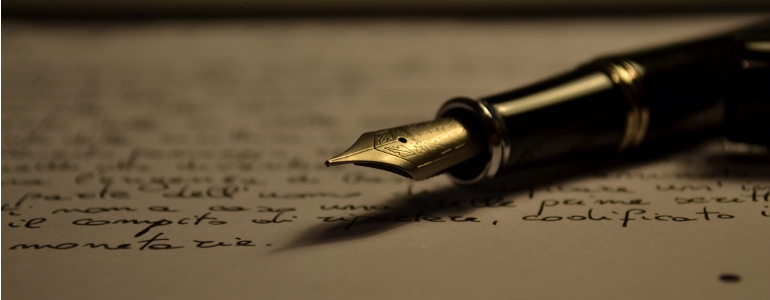For science communicators, metaphors can be both fun and dangerous.
Metaphors are probably a storyteller’s second best friend. The work of scientists and science journalists alike is populated by metaphors. Metaphors come in handy, and frequently go hand in hand with the answer to the scientific question investigated.
Thus, scientists investigate cells that fight infections, molecules that have mechanisms and biological processes that talk to each other. Chemical substances represent the building blocks of molecular routes and pathways. Tumours are capable to network with other tumours and microenvironments. Bacteria seem to enjoy a social life. Mathematical formulas have parameters that are learned from data. Genes are transcribed. Wormholes connect points in space-time. There are algorithms that are trained to complete tasks and computer chips that are expected to behave like brains. Genomes are blueprints and codes, and even contain fingerprints.
All beautifully began with a big bang. And all will eventually end with a big crunch.
The folly of mistaking a metaphor for a proof
“Metaphors are dangerous and are not to be trifled with” because “a single metaphor can give birth to love”, the writer Milan Kundera alerts us. Even in science, they are not less important. Not less seductive, not less dangerous.
Metaphors are not to be messed with. They can downplay our ignorance, amplify delusions and undervalue the gravity of our dilemmas. A gratuitous metaphor can excessively dumb things down and worse: make us look dumber. Poorly selected or overused metaphors can also be insulting, condescending and plain ridiculous. And let’s not forget the folly of mistaking a metaphor for a proof, as French poet Paul Valéry put it.
On another level, the American biologist Stephen Jay Gould thought that metaphors represented the deep barriers to scientific progress. This is because the latter greatly depends on having access to the right metaphor, not only to the requisite information, and because “revolutionary thinkers are not, primarily, gatherers of facts, but weavers of new intellectual structures.”. Or to put it another way, ground-breaking scientific progress requires more than new data, it relies on new visions.
Bringing clarity to the opaque
Metaphors in science can also be fascinating, fun and intriguing. They send us to streets we did not know were safe or apt for walking. They can connect worlds apart, or things we did not know could be put together. Metaphors remind us of the uniqueness of objects and ideas, and in parallel, of their unexpected interdependence.
Mostly, their significance resides in their potential for bringing clarity to the opaque, a little more light to the necessarily complex. For the journalist or scientist communicator, a metaphor is a common trick to not scare the reader. It helps us relieve the anguish of wanting to know something without having to know a lot. For the scientist, a metaphor can also become the actual thing that is described or sought. The glue needed to synthesise what is commonly difficult to break apart. They are used as pictures to allow us to see clearer, more expressive, pictures
But in the end, for better or worse, metaphors can simply become well-established habits. A highly convertible currency: in and across communities. Something that is useful, or at least convenient enough, to keep around in the family. That almost weird, sometimes embarrassing, but always handy uncle sitting in the corner.
metaphors, science journalists, scientists
This article was written by:
Francisco Azuaje, Senior Researcher at Luxembourg Institute of Health (LIH)





